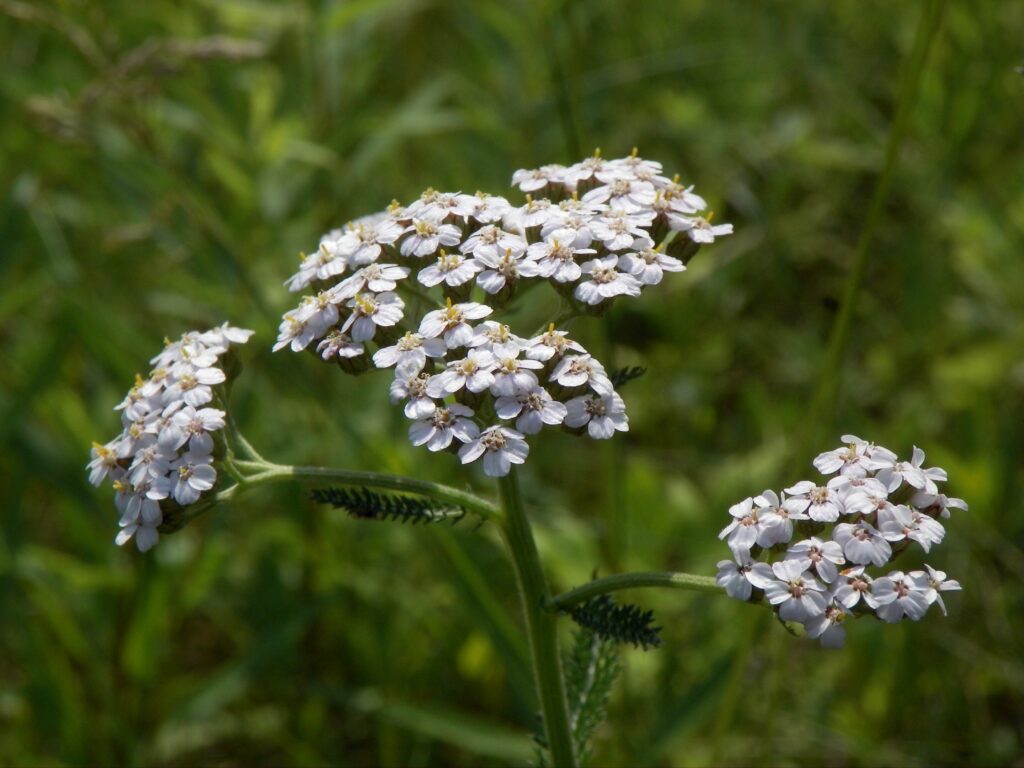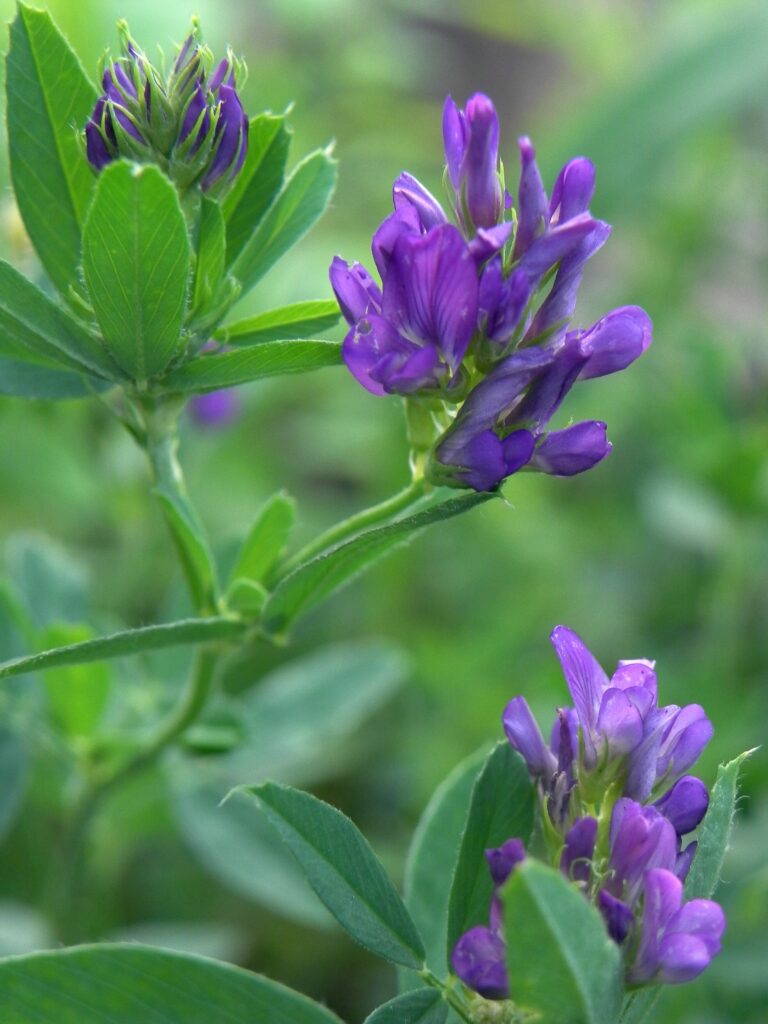
Sometimes mistaken for Queen Anne’s Lace, to which it is not related; Yarrow is a composite, meaning that each of those little flowers in the bunch is itself a head of multiple flowers. This plant was blooming in an open field in Schenley Park.
For a description of the species, see the Achillea millefolium reference page.
Comments












